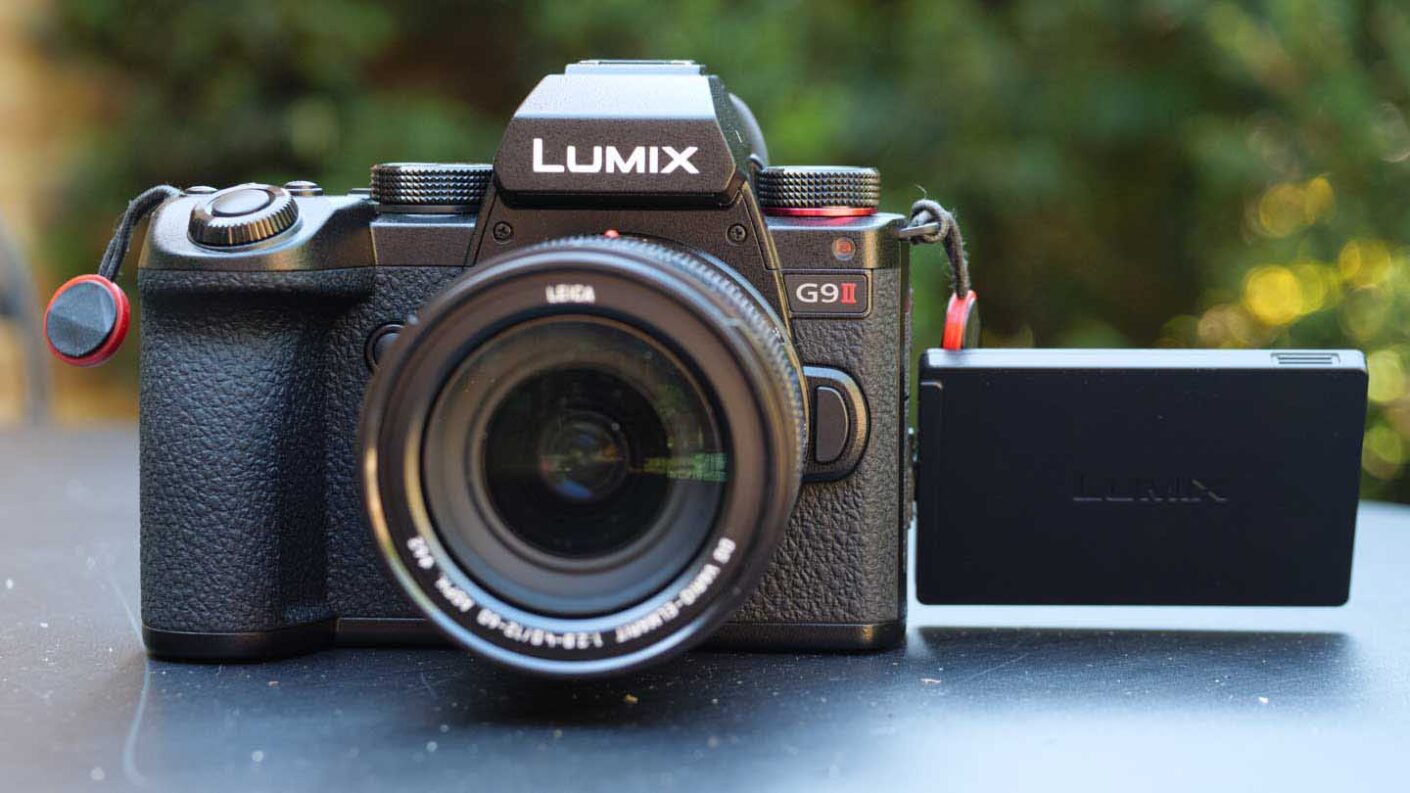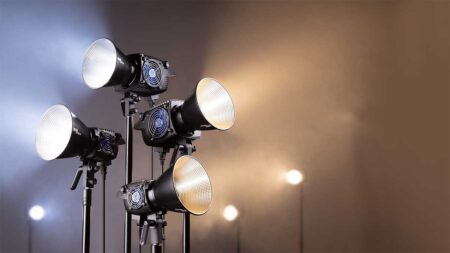Thanks to the faithful reproduction offered by the Panasonic G9 II’s electronic viewfinder, exposure error is virtually eliminated. Instead of looking at an exposure scale, you can rely on what you’re seeing to assess colour and exposure.
This means that there’s hardly any need to move away from the default multi-zone metering mode. Naturally, there are times when the exposure compensation control is required in the automatic and semi-automatic exposure modes to get exactly the result you want, but so far this hasn’t been required in any situations when I wouldn’t anticipate it. When a couple of giraffes came into the view on the horizon, for example, they were almost silhouetted against the bright sky – but that’s also how the appeared to me as I squinted in the bright conditions.
I’ve praised the automatic white balance system in Panasonic Lumix G-series cameras before and it doesn’t disappoint in the G9II. I’m happy to report that it delivers pleasant and natural-looking results in a range of natural lighting conditions.
I need to explore the G9II’s colour options further when I get the camera back for a longer test, but my first impression is that the Standard Photo Style setting proves a good all-rounder, although there maybe times when you want to push the saturation up a tad.
Panasonic Lumix G9 II autofocus performance
Panasonic has ben reluctant to introduce phase detection focusing, preferring instead to stick with contrast detection backed by it DFD (Depth From Defocus) technology. Thankfully, it has now bowed to user pressure and the G9 II joins the S5II in having phase detection focus as well as contrast detection. It’s a good move because the G9II’s AF system is fast and decisive. The subject detection, specifically the animal and animal eye detection proved very useful a the safari park that was the venue for the pre-announcement press briefing.
The animal detection system works well, putting a box around most animals that I framed in the viewfinder. The eye detection is also good, but some animals give it a greater challenge than others. The giraffe’s patterning, for instance, cause a bit of confusion and it sometimes settled up their nostrils. It worked well with baboons and could even detect their eyes when they were side-on in some cases.
It’s a solid start and I expect that there will new firmware upgrades that improve it over time as more and more images are analysed.
Image Quality
The Lumix G9II makes a sizeable jump in resolution in comparison with the G9. And a 25MP sensor is likely to be more attractive to some photographers than a 20MP chip. Photographing animals means I have had good opportunity to check the level of detail available in the G9II’s images and the results look great. So far, I can only examine the Jpeg images, not the raw, files, but there’s plenty of detail visible in the animals’ fur and they look natural at 100% on the computer screen.
The Lumix G9II also holds its own well at higher ISO levels, preserving an impressive level of detail up until about ISO 12,800. Some images captured at ISO 25,600 are also of commendable quality, with noise being kept at bay well. However, I found a few areas that are missing the finer details and for this reason, I would aim to make ISO 12,800 my maximum setting for shooting Jpegs. I’ll investigate this further when I get the camera in for longer and when it’s possible to process raw files.
Another aspect that I want to explore further is the G9’s dynamic range, but my initially impressions are that it handles high contrast situations well, avoiding premature loss of detail in both brighter and darker areas.
Panasonic Lumix G9 II High Resolution mode
When the G9II’s improved High Resolution mode is activated via the drive mode dial, the camera captures four images and composites them to make a 100MP image. It takes a few seconds for the series of images to be rendered together after their capture.
The end results look good, even when the camera is hand-held rather than mounted on a tripod, however, I want to experiment further to see how the system copes with moving elements in the frame.



